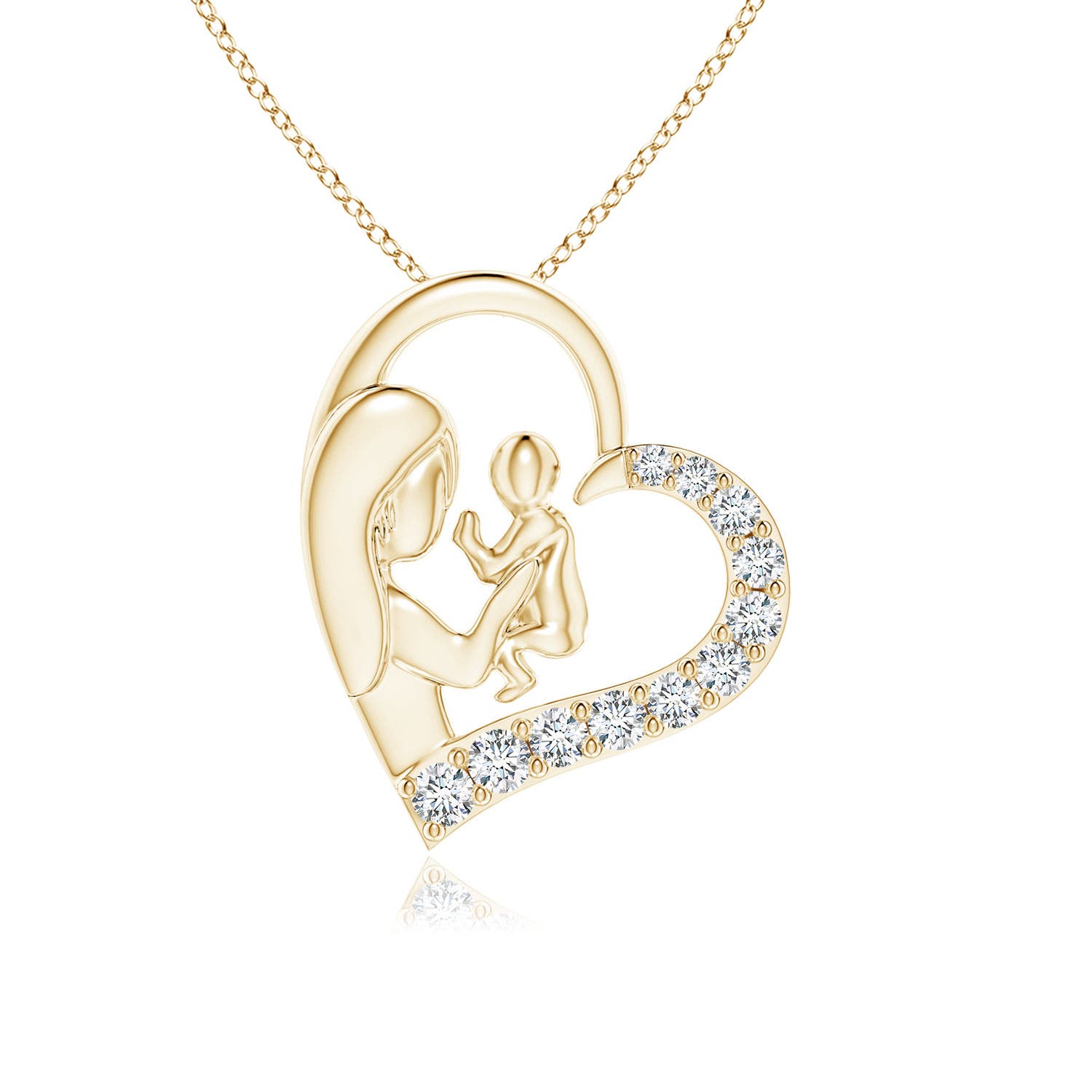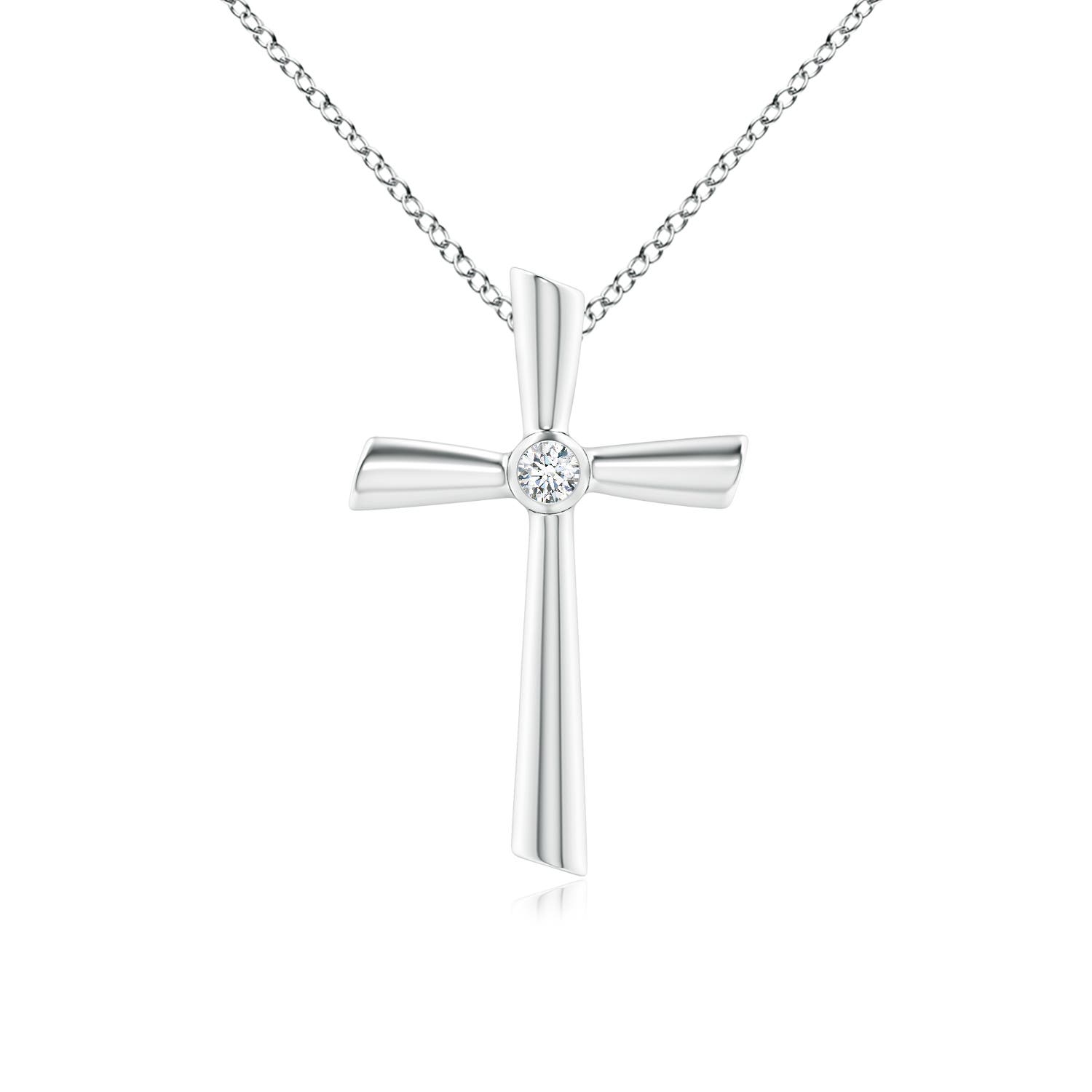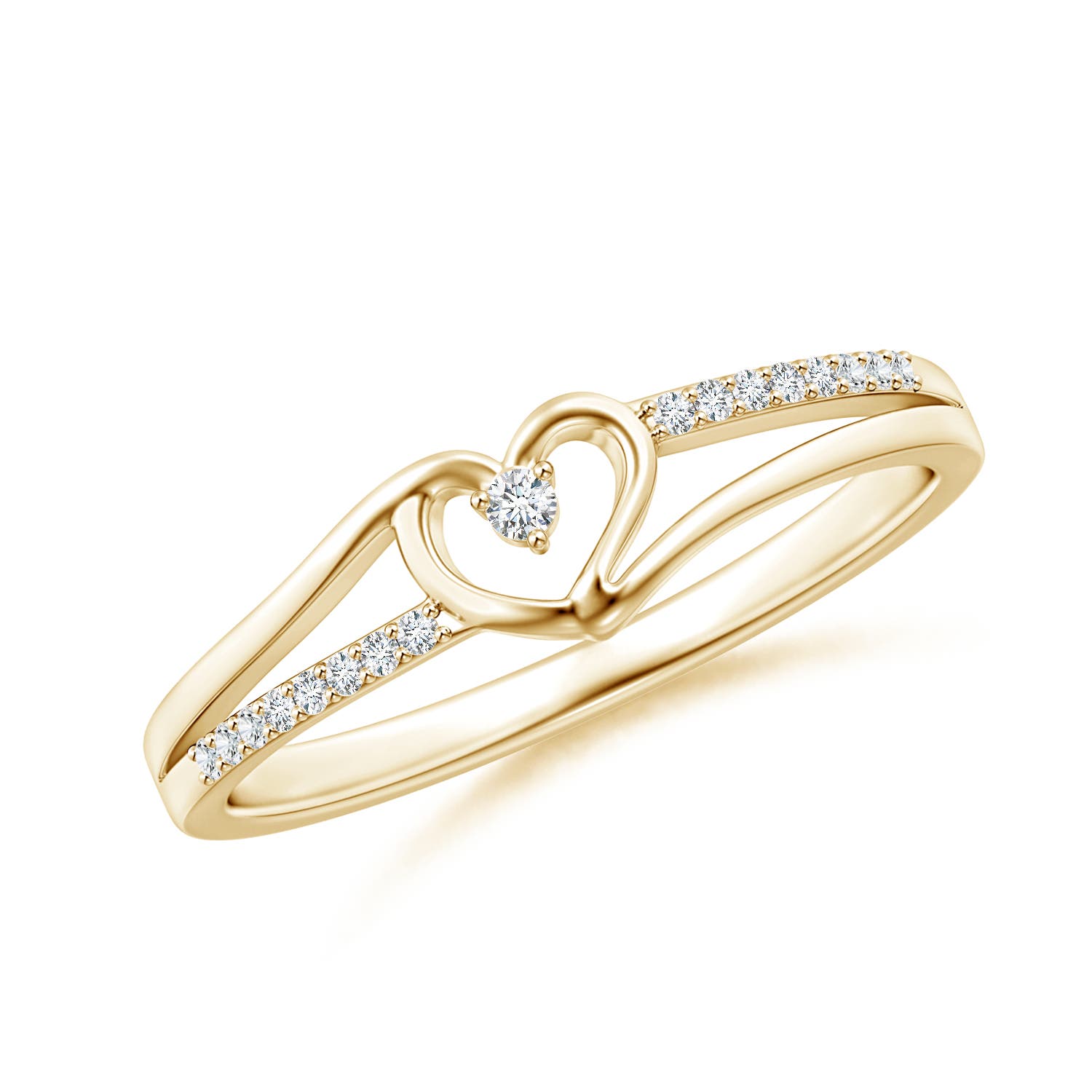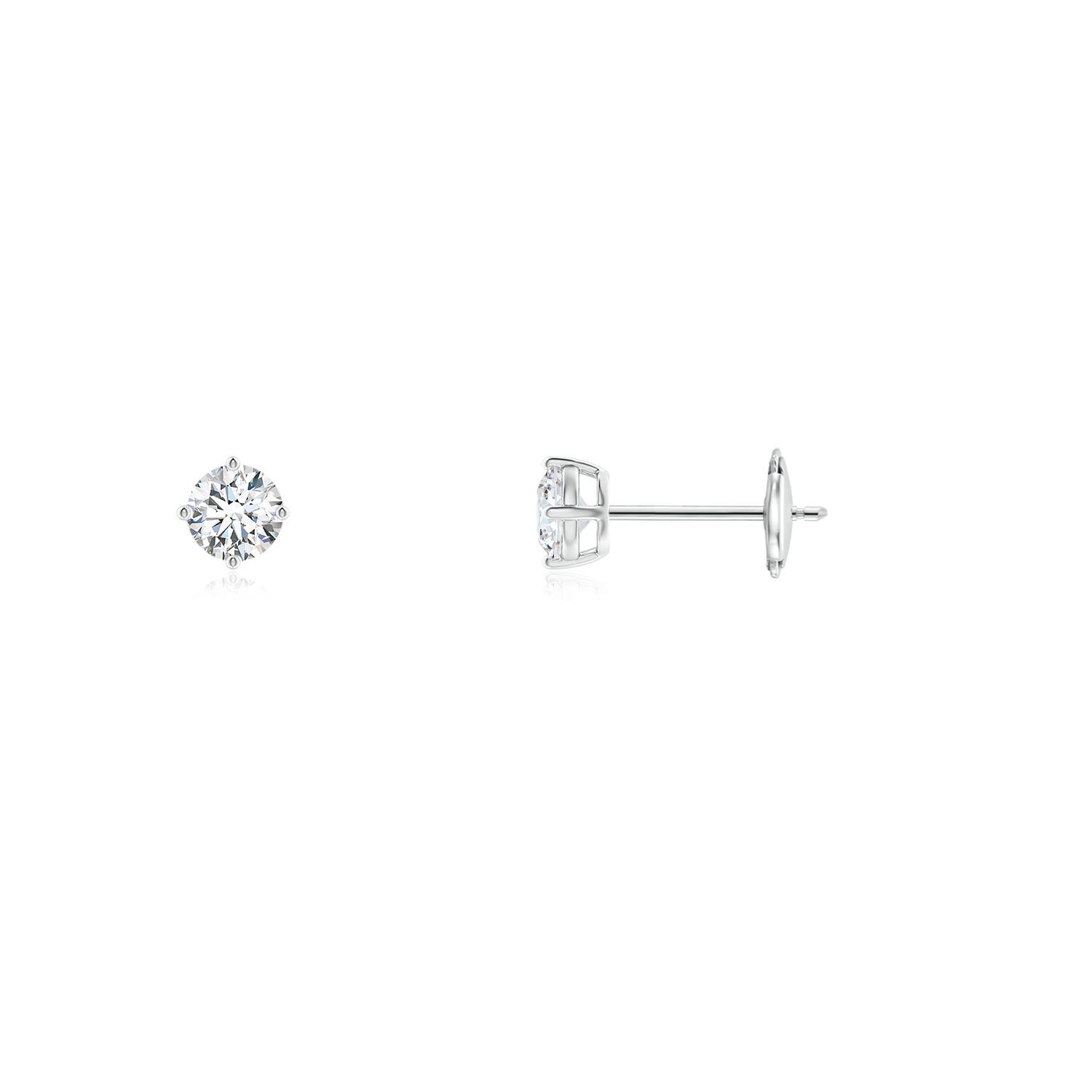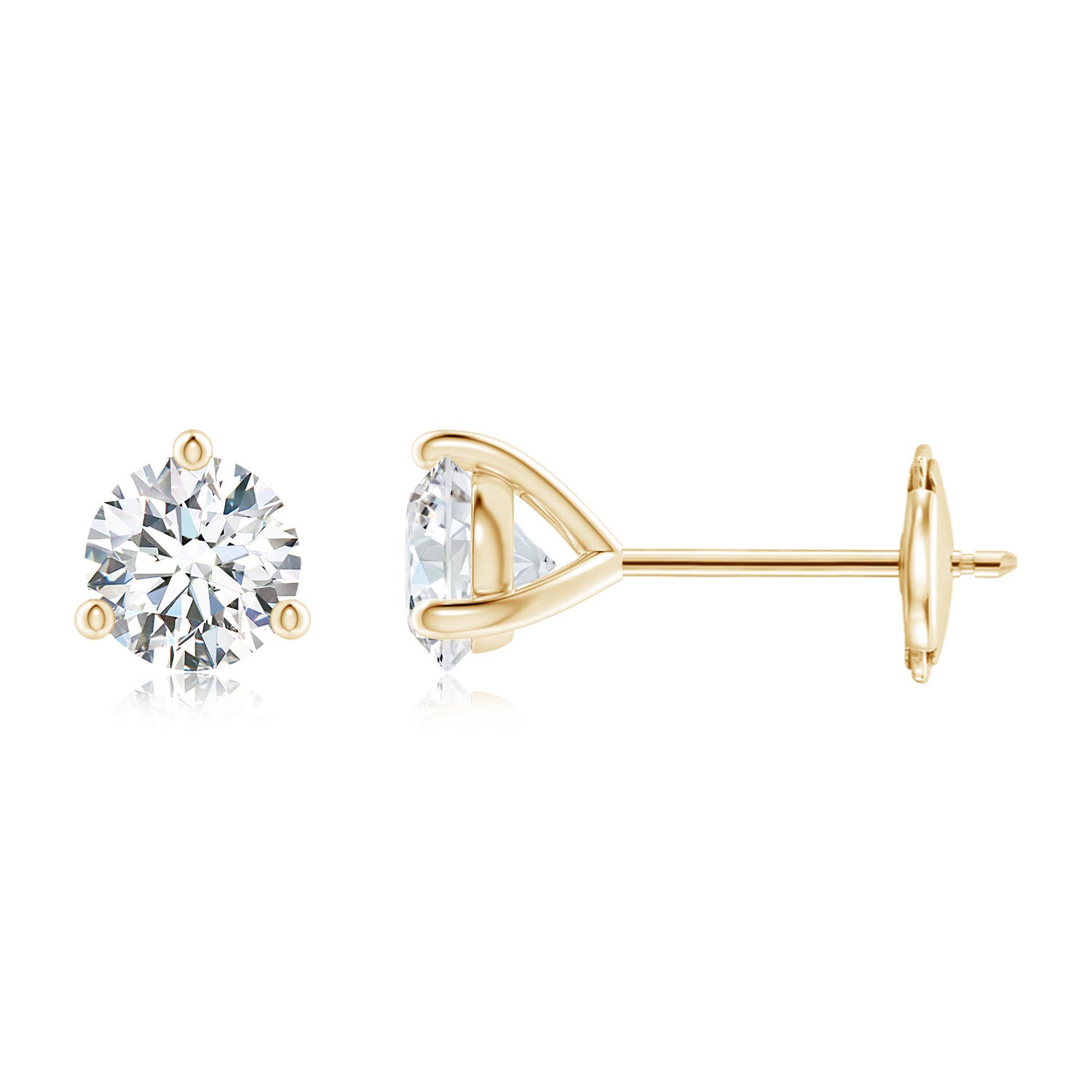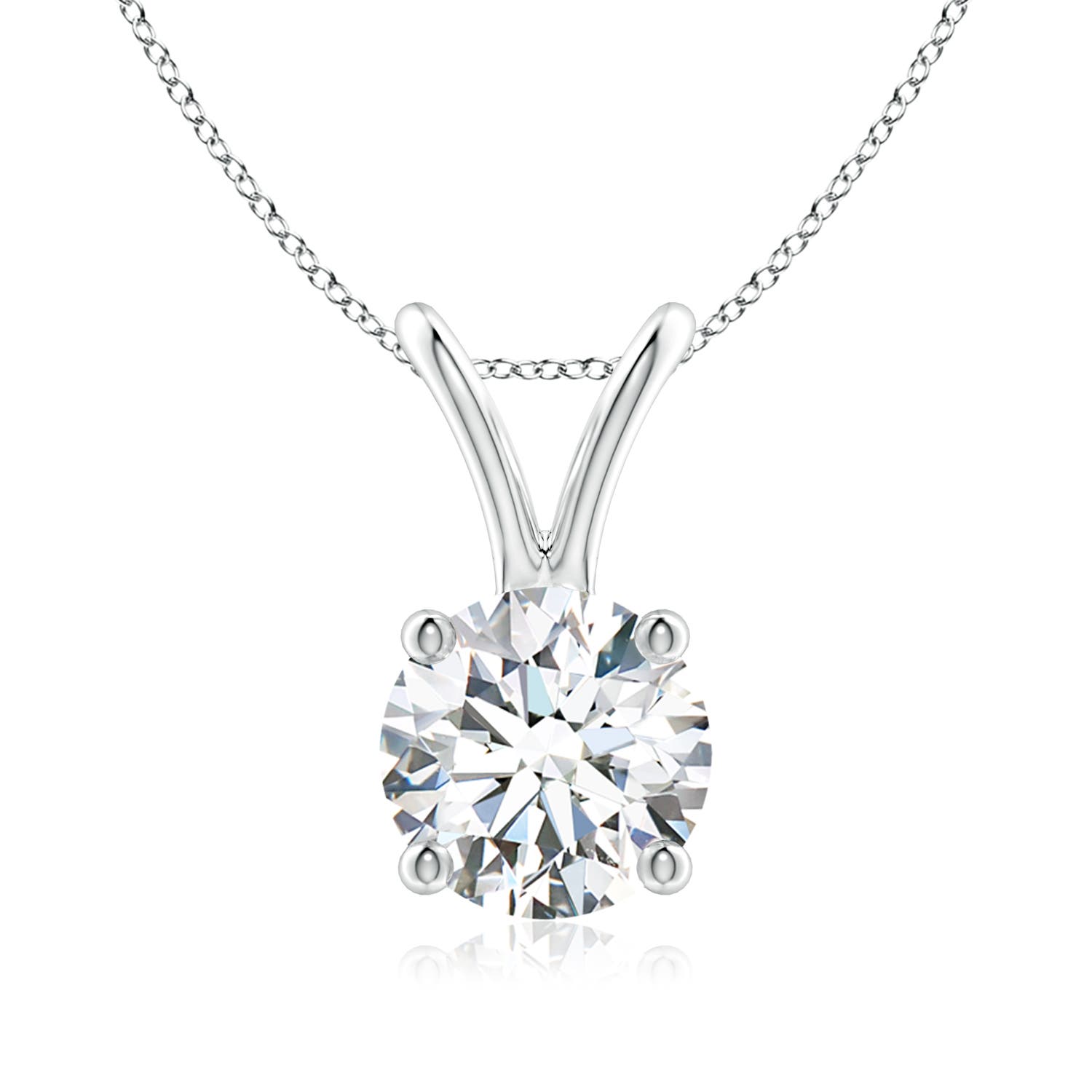Diamonds tell a story with their timeless beauty. Every piece of diamond jewelry you wear is bound to turn heads because of its eye-catching sparkle. However, did you know that the sparkle and value of diamonds are highly dependent on their quality, which is determined by the diamond grading scales?
Whether you’re a seasoned diamond jewelry shopper or about to buy your first piece, it’s always best to understand all the factors that make a great diamond. Know that each diamond is unique, and understanding these factors will make it easy for you to find your perfect diamond.
Check out our diamond 4Cs guide to learn how a diamond’s cut, clarity, color and carat weight affect its quality, value and price.
Shop Natural Diamonds
Who Created the 4Cs of Diamonds?
Robert M. Shipley, the founder of the Gemological Institute of America (GIA), coined the term ‘4Cs’ in the 1940s. This concept highlights the four factors that define a faceted diamond, popularized by the GIA and now part of American and international gemstone nomenclature. The 4Cs of a diamond gemstone form a universal scale that evaluates a diamond’s quality and ensures consistency in grading.
Read: What Is a GIA Diamond?
Diamond 4Cs Explained
The 4Cs of diamonds, in order of importance, are cut, color, clarity and carat. Certified gemologists use this scale to evaluate and grade diamonds to determine their quality and value. Each of these diamond quality factors has its own chart, making it easy for you to follow and understand.
Cut

A diamond’s cut does not refer to its shape but rather to its proportions and the arrangement of its facets. The quality of a diamond’s cut determines how well it interacts with light, affecting its brilliance, sparkle and fire. Cut grades range from ‘Excellent’ to ‘Poor.’ There are three factors that affect the cut of a diamond:
Brightness
A diamond’s brightness (often called brilliance) refers to the amount of white light that reflects from within the stone. The greater the reflection, the more brilliant the diamond appears, contributing to its fire and sparkle, making it shine brightly.
Scintillation
Scintillation is the combination of sparkle and patterns. ‘Sparkle’ refers to the flashes of light a diamond produces when it catches a light at different angles. A diamond is considered more attractive when it has a balanced and even sparkle.
‘Pattern’ refers to the arrangement, contrast and relative size of the bright and dark sections within the diamond. A diamond needs to have enough contrast to have a crisp, sharp look without highlighting the dark sections.
Read: What is Diamond Scintillation
Fire
Fire refers to the dispersion of white light into visible spectral colors. A polished diamond displays flashes of color when it catches a light source at different angles or when the viewer moves. Four factors play a role here: durability, weight ratio, symmetry and polish of the stone.
Shop Diamonds by Cut
Sparkle at every turn
Color

Color refers to the absence of color in a diamond. Generally, the less color a diamond has, the more valuable it is. However, this rule does not apply to fancy-colored diamonds. The GIA D-to-Z color grading scale is used to grade white diamonds, encompassing five ranges featuring 23 grades of diamond colors:
D-F (Colorless)
The D-color diamonds are completely colorless and the highest color grade
E and F diamonds have very slight traces of color that are invisible to the naked eye.
G-J (Near Colorless)
G and H color diamonds contain minute traces of color, noticeable only when compared to the higher grades. I and J color diamonds have a faint color that is only slightly detectable.
K-M (Faint)
K, L and M diamonds have a faint yellow hue.
N-R (Very Light)
N to R color diamonds have a light yellow hue that is more noticeable than diamonds in the faint color range.
S-Z (Light)
S to Z color diamonds have a brown or light yellow hue.
The color of a diamond significantly affects its price, making D, E, and F color diamonds very expensive. G and H diamonds are typically considered the ‘sweet spot’ because they balance quality and value.
Related: Learn What is Diamond Color
Clarity
Clarity refers to the presence and amount of flaws or imperfections in a diamond, known as inclusions. These inclusions develop when diamonds are created under immense pressure beneath the Earth’s crust and include fissures, small crystals or blemishes. Diamonds with better clarity are more valued and expensive, ranging from ‘flawless’ (FL) to ‘obvious inclusions’ (I3).
Read: What is Diamond Clarity
Flawless (FL)
No inclusions or blemishes are visible under 10x magnification. These are extremely rare–less than 0.5% of diamonds fall into this category–making them highly valued.
Internally Flawless (IF)
Diamonds in this category contain no visible inclusions, but some blemishes can be seen under 10x magnification.
Very, Very Slightly Included (VVS1 and VVS2)
Diamonds in this category have minute inclusions that range from extremely difficult to see (VVS1) to very difficult to see (VVS2) when viewed under 10x magnification.
Very Slightly Included (VS1 and VS2)
Diamonds in this category have minor inclusions that are noticeable under 10x magnification. These inclusions range from extremely difficult to see (VS1) to very difficult to see (VS2).
Slightly Included (SI1 and SI2)
Diamonds in this category have noticeable inclusions, ranging from easy to see (SI1) to very easy to see (SI2).
Included (I1, I2, and I3)
These stones have several extremely apparent flaws, which affect the diamond’s brilliance and transparency. They include flaws that are almost always seen (I1), several apparent flaws (I2), and several eye-visible flaws (I3).
Read: Diamond Color vs. Clarity
Carat
Carat is the unit of measurement for precious stones. The higher the carat weight, the more valuable the stone. One-carat diamond equals 200 milligrams, and its size depends on its proportions. For instance, a one-carat diamond with excellent proportions will appear smaller than a wider one-carat diamond with shallow proportions.
Read: Diamond Depth Table
Shop Diamonds by Carat
Go bigger and bolder on the sparkle

Choosing The Perfect Diamond for You

Now that we’ve explained the 4Cs of diamond, you can decide which of these factors is most important to you. For example, if you’re searching for diamond engagement rings, prioritize which of the 4Cs is essential to you and balance the other factors to suit your budget.
If you’re looking to go bigger on the carat while still getting a high-quality ring, consider lab-grown diamond rings, which can be up to 80% cheaper than natural diamonds. Find out more about natural vs. lab diamonds.
Shop Lab-Grown Diamonds
Don’t compromise on sparkle or size
At Angara, you can also design your own diamond rings. Our multi-award-winning ‘Create With Angara ‘ allows you to create a ring that perfectly suits your unique love story. You can also get it engraved for free to make the ring more special. Head to Angara today and create your dream diamond ring.
Frequently Asked Questions
Q1. What are the 4Cs of diamonds?
The 4Cs of diamonds are cut, color, clarity, and carat. These factors are used to assess and grade the quality of diamonds.
Q2. How do the 4Cs affect a diamond’s price?
The 4Cs of diamonds assess the quality of a diamond, which determines its value.
Q3. Is one C more important than the others?
The most important of the diamond 4Cs is the cut. The cut determines the symmetry, proportion and polish of the stone, ultimately affecting its sparkle. A poorly cut diamond will appear dull, even with high clarity and color.



























